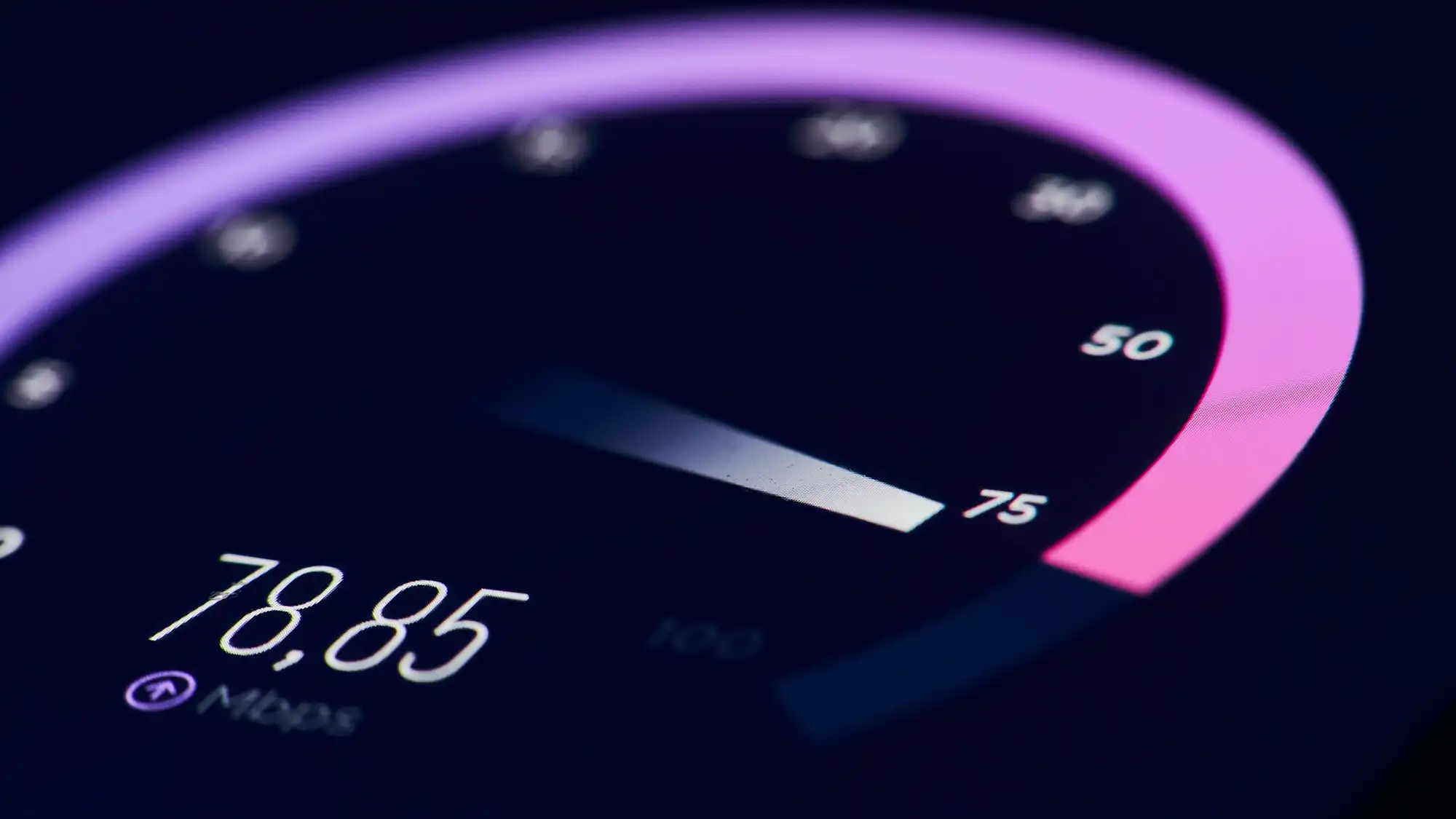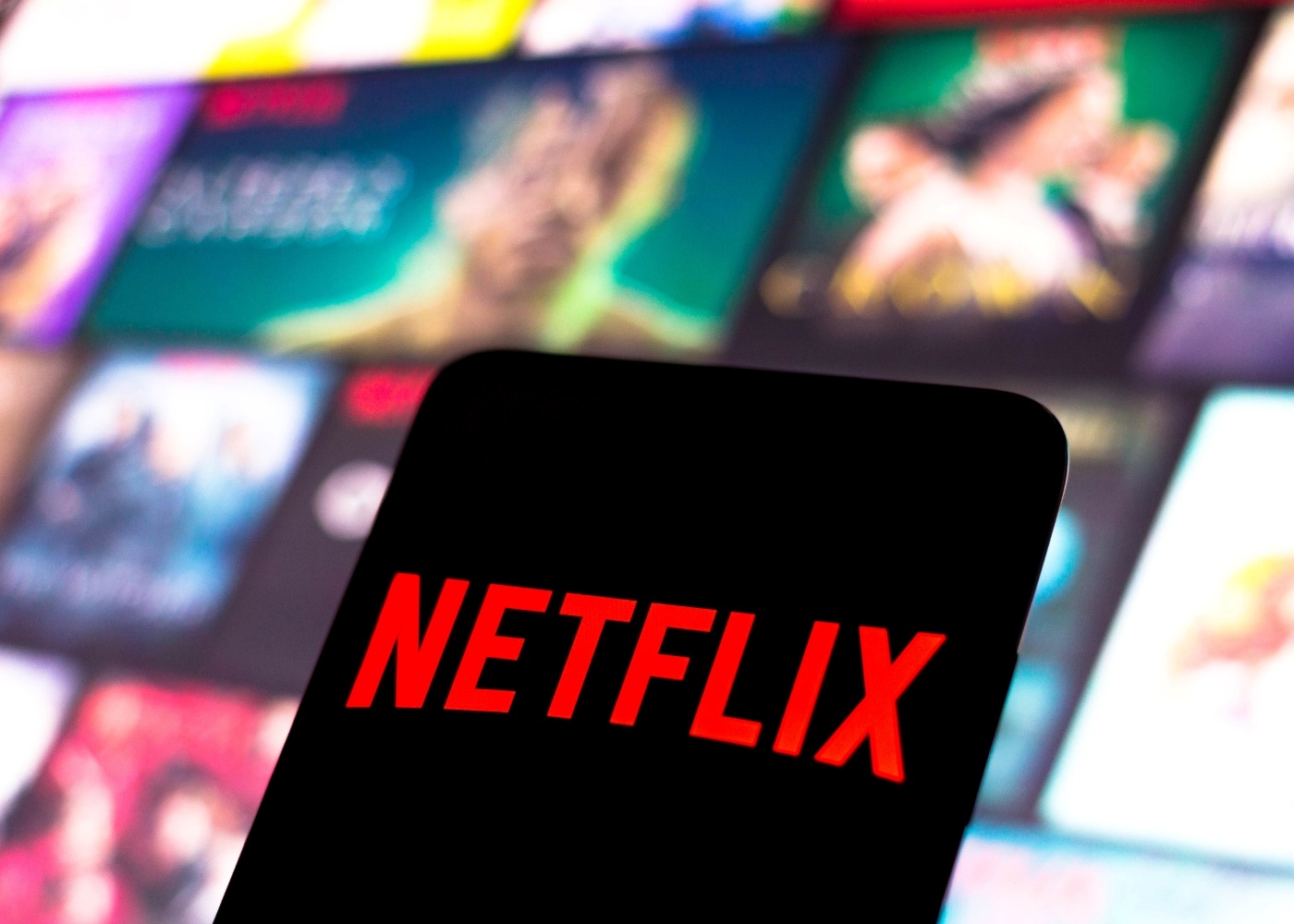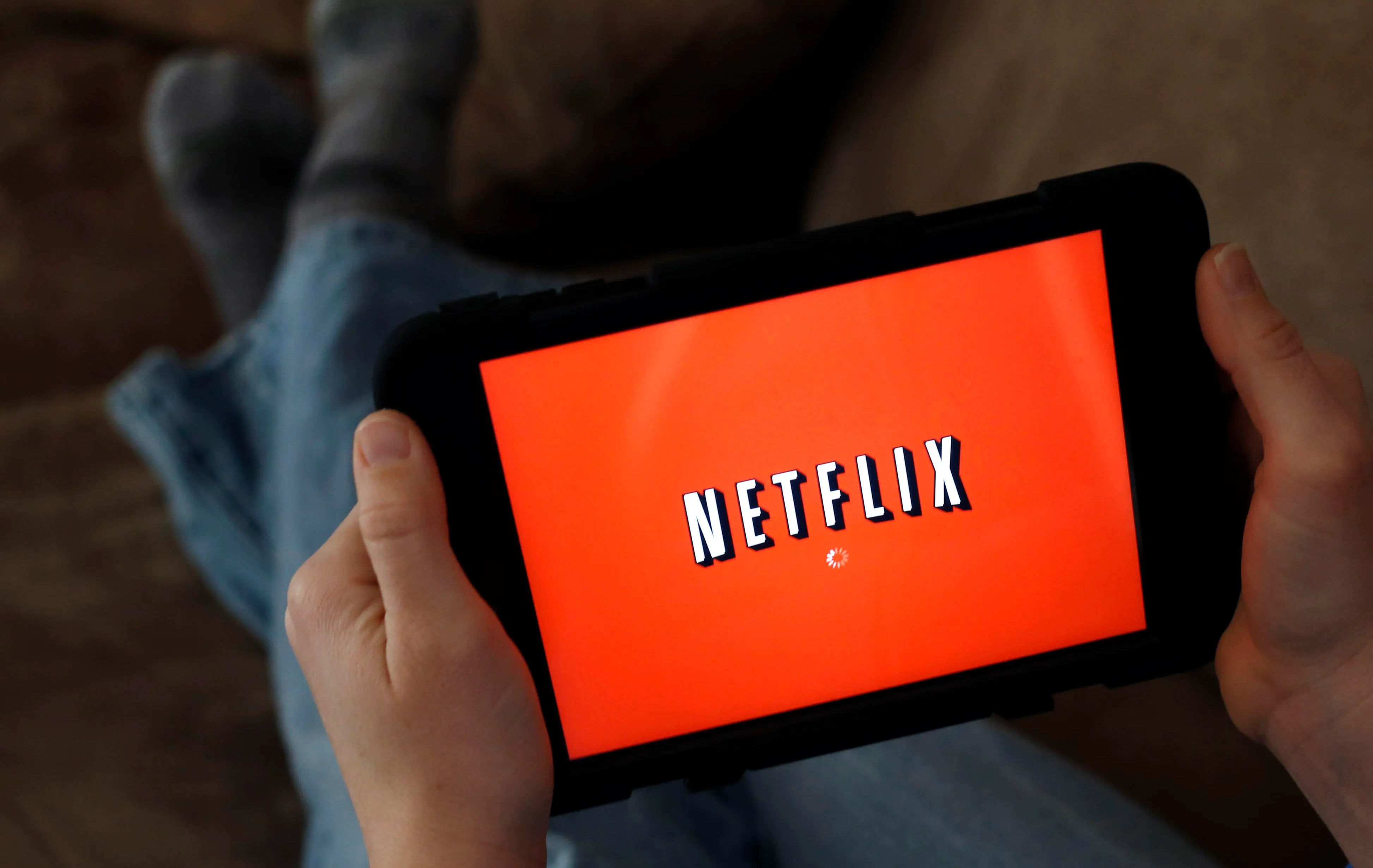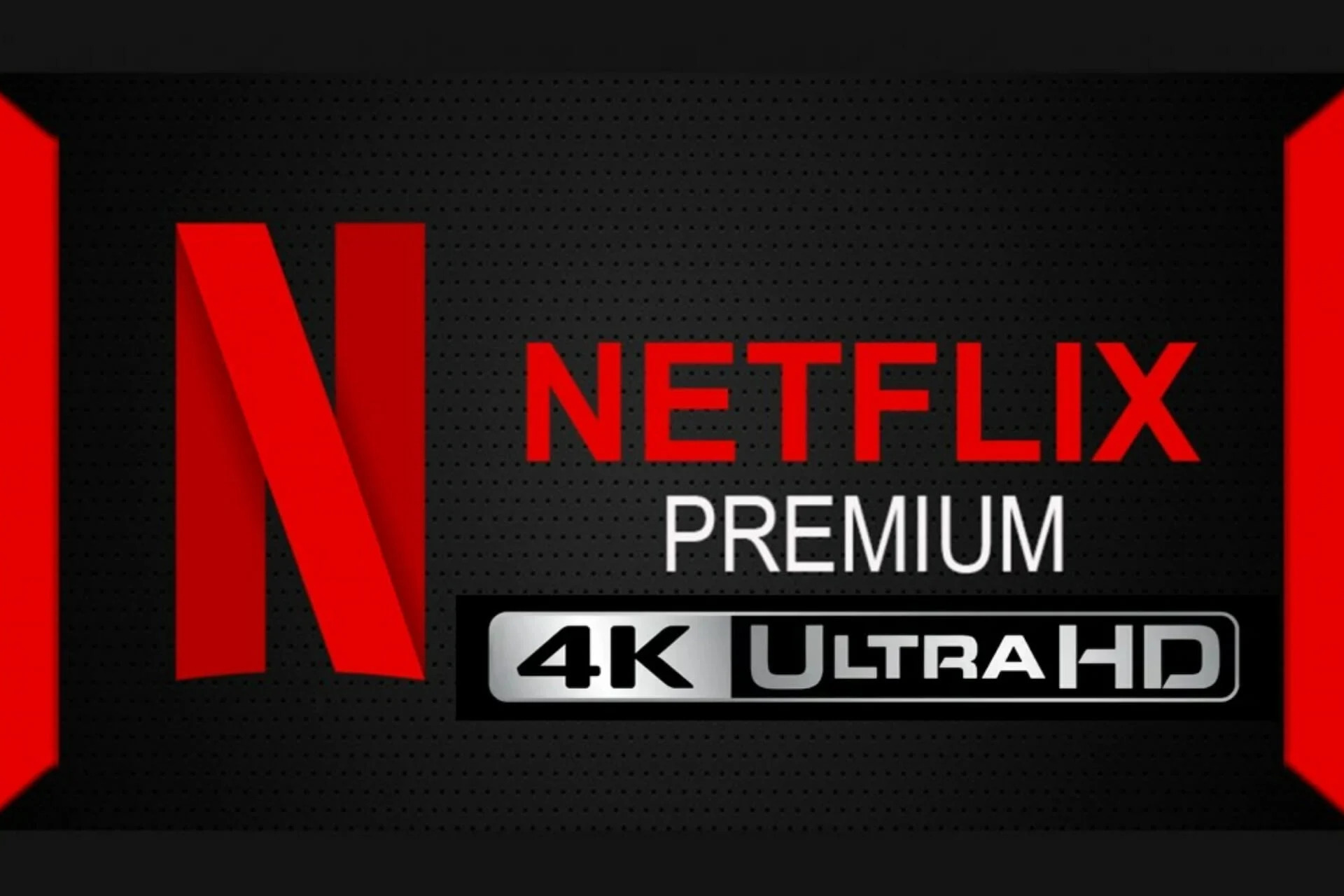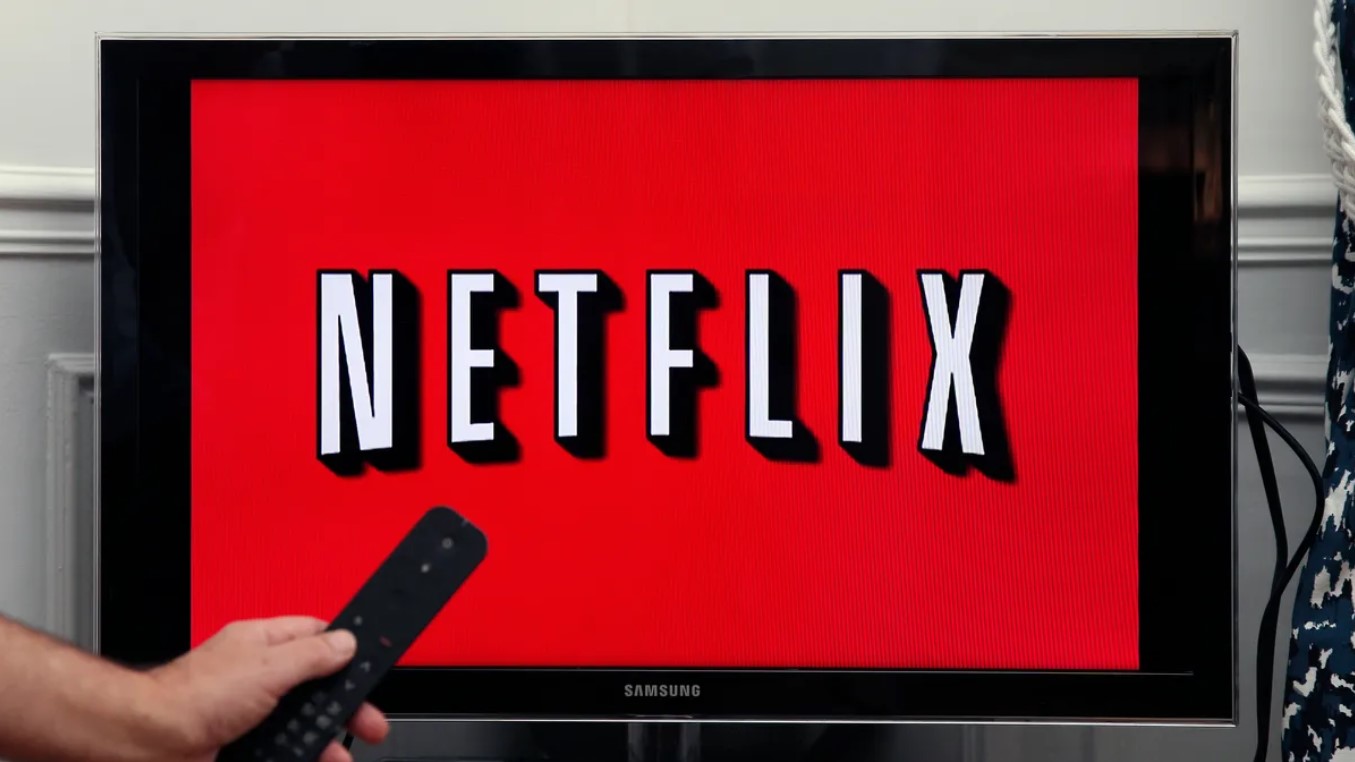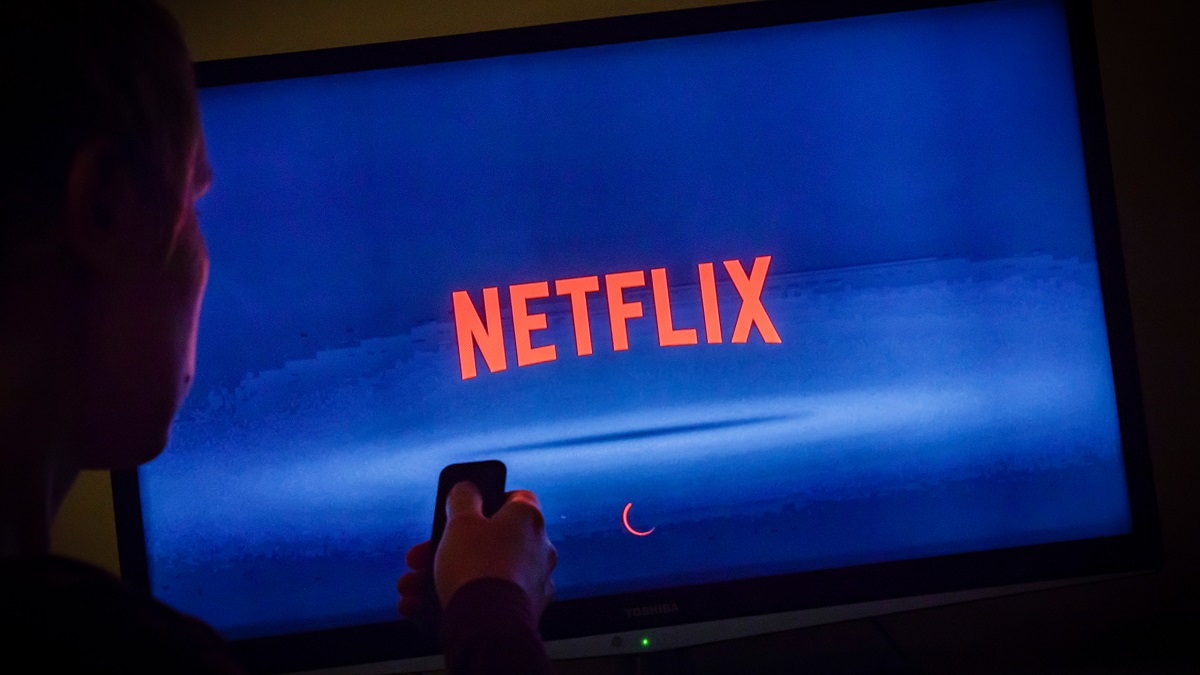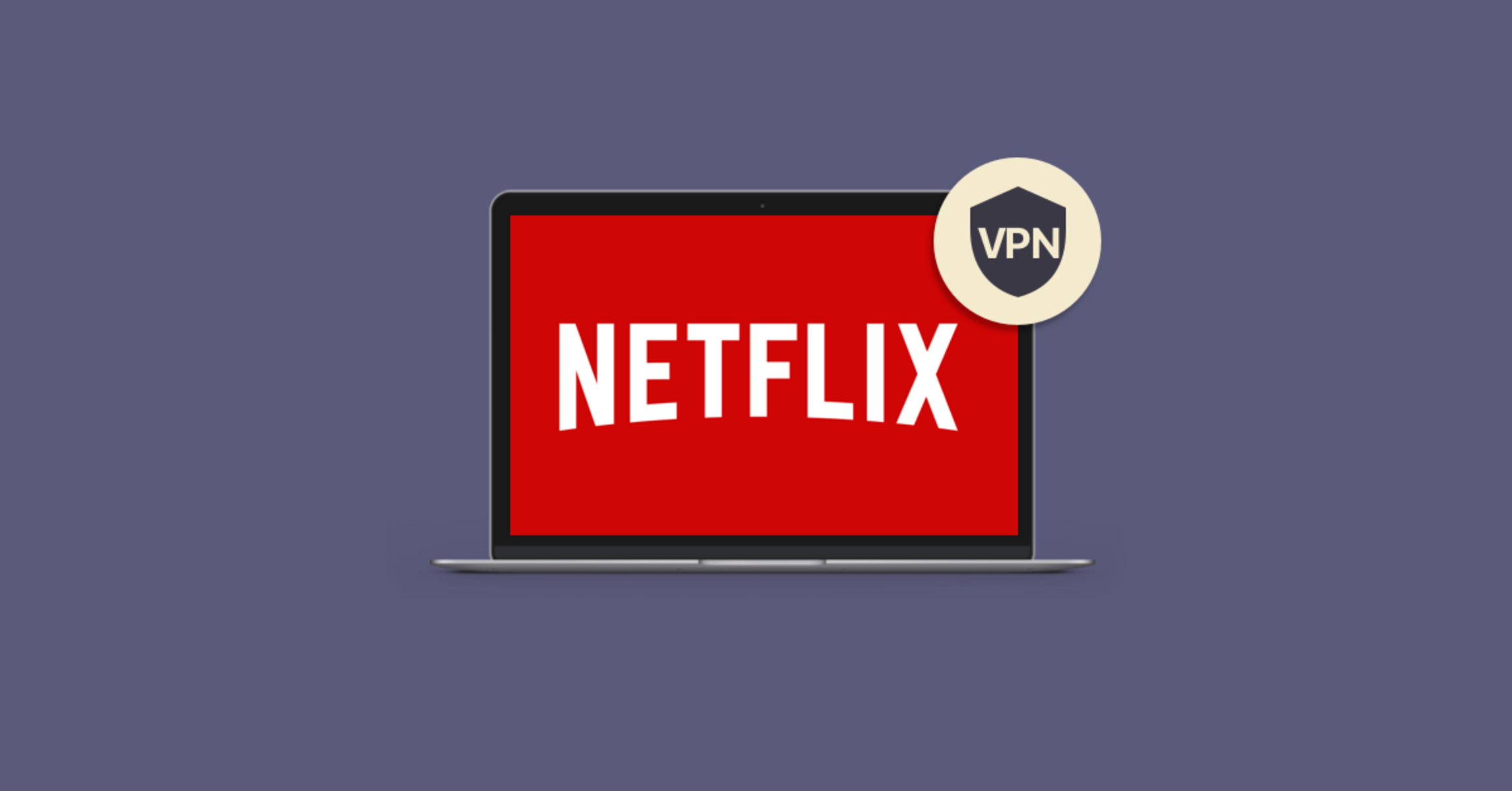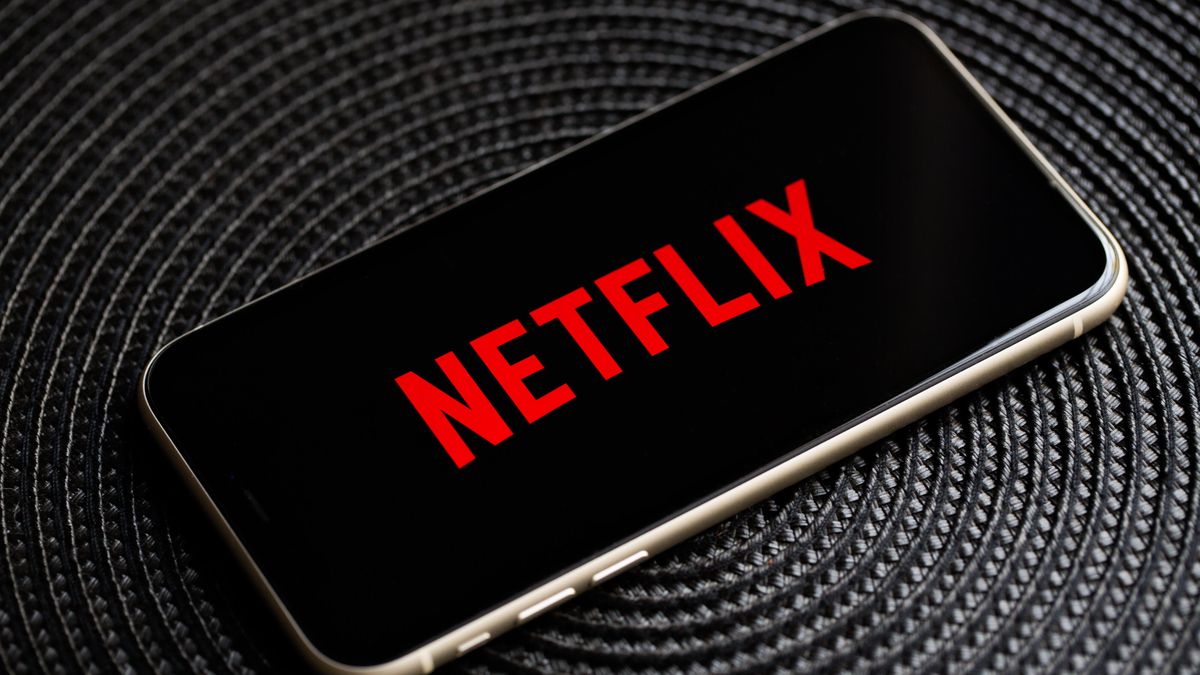Introduction
Netflix has become one of the most popular streaming platforms, with millions of users worldwide. Whether you enjoy binge-watching your favorite TV shows, catching up on the latest movies, or getting hooked on captivating documentaries, Netflix has undoubtedly revolutionized the way we consume entertainment.
However, to enjoy a seamless streaming experience on Netflix, a reliable and fast internet connection is essential. You may be wondering, “What internet speed do I need for Netflix?” This article aims to answer that question and provide you with a clear understanding of the factors that affect Netflix streaming and the recommended internet speed for optimal streaming quality.
Netflix streaming works by delivering video content over the internet using a technology called streaming media. Rather than downloading the entire video file before playing it, Netflix sends chunks of data to your device in real-time, allowing you to start watching almost immediately. This efficient streaming process requires a stable internet connection to ensure smooth playback without buffering or interruptions.
Several factors can impact the quality of your Netflix streaming experience. The most crucial factor is your internet speed, which refers to the rate at which data is transmitted between your device and the Netflix servers. Other factors include the device you are using, the quality of your home network, and the congestion on your internet service provider’s network.
The recommended internet speed for Netflix varies depending on the streaming quality you desire. If your internet speed is too slow, you may experience buffering, low-resolution playback, or frequent pauses. On the other hand, if your internet speed is sufficiently fast, you can enjoy high-definition (HD) and ultra-high-definition (UHD) streaming without any issues.
Internet speeds are typically measured in megabits per second (Mbps). To determine the minimum internet speed required for Netflix, you need to consider the quality level at which you want to stream. The higher the quality, the faster the internet speed needs to be.
Next, we will explore the spectrum of internet speeds available to consumers and how you can determine your current internet speed to ensure an optimal Netflix streaming experience.
How Does Netflix Streaming Work?
Netflix streaming works through a technology called streaming media. Unlike traditional downloading, where you have to wait for the entire video file to download before you can start watching, streaming delivers video content in real-time, allowing you to start watching almost instantly.
When you select a movie or TV show on Netflix, the video is not downloaded to your device. Instead, Netflix streams the content from their servers directly to your device over the internet. This streaming process requires a stable and fast internet connection.
Here’s a step-by-step breakdown of how Netflix streaming works:
- When you click on a video to watch, your device sends a request to Netflix’s servers.
- Netflix’s servers then send chunks of the video file, known as “streaming packets,” to your device.
- As your device receives these streaming packets, it immediately starts playing them while simultaneously buffering the next set of packets.
- This continuous streaming and buffering process allows for smooth playback without waiting for the entire video to be downloaded.
Netflix uses adaptive streaming technology to adjust the quality of the video based on your internet connection speed. If your internet speed fluctuates, Netflix will automatically adjust the video quality to prevent buffering or interruptions. This means that even if your internet speed is not consistently high, you can still enjoy uninterrupted streaming, albeit at a lower video quality.
In addition to streaming movies and TV shows, Netflix also utilizes advanced video encoding techniques to optimize the video playback experience. They employ codecs like H.264 and VP9, which efficiently compress the video file without significantly sacrificing the quality. This allows for faster streaming and minimizes the amount of data required to deliver high-quality content to your device.
Overall, Netflix’s streaming technology has revolutionized the way we consume entertainment. With the ability to instantly access thousands of movies and TV shows, on-demand streaming has become the go-to choice for many viewers. As long as you have a stable and fast internet connection, you can enjoy a vast library of content at your fingertips.
Factors That Affect Netflix Streaming
Several factors can impact the quality of your Netflix streaming experience. Understanding these factors can help you identify and address any issues that may arise during playback. Here are the key factors that affect Netflix streaming:
1. Internet Speed:
Perhaps the most crucial factor is your internet speed. The faster your internet connection, the smoother and higher quality your Netflix streaming will be. If your internet speed is too slow, you may experience buffering, low-resolution playback, or frequent pauses. Netflix provides recommendations for different streaming quality levels based on internet speed, which we will discuss later in this article.
2. Device and App Performance:
The device you use to stream Netflix also plays a role in the streaming experience. Older devices or devices with limited processing power may struggle to handle high-quality video playback. Ensure that your device meets the minimum requirements for streaming Netflix and that the Netflix app is up to date. This will help optimize performance and ensure a smooth streaming experience.
3. Home Network Quality:
Your home network can impact the speed and stability of your internet connection. Factors like the router, Wi-Fi signal strength, and network congestion can affect the quality of your Netflix streaming. Positioning your router appropriately, reducing interference, and using a wired network connection can improve network quality and reduce buffering or connection issues.
4. Internet Service Provider (ISP) Network:
The performance of your internet service provider’s network can also impact your Netflix streaming experience. If there is congestion or network issues on your ISP’s end, it may result in slower speeds or intermittent connection problems. You can try running internet speed tests at different times of the day to see if network performance varies and contact your ISP if necessary.
5. Video Quality Settings:
Netflix allows you to adjust the video quality settings based on your preferences and internet connection. Higher quality settings, such as Ultra HD (UHD) or 4K, require a faster internet connection. If you are experiencing issues with your current internet speed, consider adjusting the video quality settings to a lower level, such as Standard Definition (SD), to ensure smoother playback.
By considering and optimizing these factors, you can enhance your Netflix streaming experience and minimize any potential issues. In the next section, we will explore the recommended internet speed for Netflix and how it varies depending on the streaming quality you desire.
Recommended Internet Speed for Netflix
The internet speed required for optimal Netflix streaming depends on the quality level at which you want to watch your favorite TV shows and movies. Netflix provides specific recommendations for different video quality levels, ensuring that you have the best possible streaming experience. Here are the recommended internet speeds for Netflix:
1. Standard Definition (SD):
To watch Netflix content in Standard Definition (SD), a minimum internet speed of 3 Mbps (megabits per second) is recommended. This speed allows for smooth playback in standard video quality without buffering or interruptions. SD quality typically provides a resolution of 480p, which is suitable for small screens or slower internet connections.
2. High Definition (HD):
If you prefer to watch Netflix content in High Definition (HD), a minimum internet speed of 5 Mbps is recommended. This speed ensures that you can enjoy sharper picture quality with a resolution of 720p or 1080p, depending on the device and content. HD streaming requires a faster internet speed to deliver a more detailed and immersive viewing experience.
3. Ultra High Definition (UHD) or 4K:
For those who want to indulge in Netflix content in the highest quality available, an internet speed of at least 25 Mbps is recommended. This speed is necessary for streaming content in Ultra High Definition (UHD) or 4K resolution. UHD and 4K streaming offer the highest level of picture quality, with vivid colors and incredible detail. It provides a truly cinematic experience, but it requires a robust internet connection to handle the large amount of data being transmitted.
It is worth noting that these are the minimum recommended internet speeds for each quality level. Higher internet speeds can further enhance your streaming experience, ensuring faster loading times, smoother playback, and quicker switching between different streaming qualities.
Keep in mind that the recommended internet speeds are for streaming on a single device. If multiple devices in your household are simultaneously streaming Netflix or using the internet, you may need higher total internet speeds to accommodate the additional demand.
In the next section, we will explore the internet speeds available to consumers and how you can test your current internet speed to ensure it meets the recommended requirements for Netflix streaming.
Internet Speeds Available
The internet speeds available to consumers can vary depending on several factors, including the technology used by your internet service provider (ISP) and the infrastructure in your area. Here are the common types of internet connections and the associated speeds:
1. Digital Subscriber Line (DSL):
DSL is a popular internet connection type that uses existing copper telephone lines to transmit data. DSL speeds can vary significantly, with maximum download speeds typically ranging from 1 Mbps to 100 Mbps. However, the actual speed you can achieve may depend on the distance from your ISP’s central office and the condition of the telephone lines.
2. Cable Internet:
Cable internet uses the same coaxial cables that deliver cable television signals to provide internet connectivity. Cable internet speeds can range from 10 Mbps to over 1 Gbps (gigabits per second), depending on the ISP and service plan. Cable internet generally offers faster speeds compared to DSL, making it suitable for streaming Netflix at higher quality levels.
3. Fiber Optic Internet:
Fiber optic internet is considered the gold standard for internet connections. Instead of using copper wires, fiber optic cables transmit data using light signals. This results in incredibly fast and reliable internet speeds. Fiber optic internet speeds can range from 100 Mbps to 1 Gbps or more, enabling seamless streaming of Netflix content in high definition or even 4K resolution.
4. Satellite Internet:
For those in remote or rural areas, satellite internet may be the only viable option. Satellite internet speeds can range from 12 Mbps to 100 Mbps, although the latency (delay) inherent in satellite connections can affect real-time applications like streaming. While satellite internet can support Netflix streaming, it may not provide the same level of performance as other types of internet connections.
It’s essential to check with your ISP about the specific internet speeds available to you in your area. They can provide information on the various plans and packages they offer, allowing you to choose the one that suits your needs and budget.
Keep in mind that the maximum advertised speeds may not always be achievable due to factors such as network congestion and limitations of your home network equipment. Therefore, it’s crucial to perform an internet speed test to determine the actual speed you’re getting in your specific environment.
In the next section, we will explore how you can test your internet speed and ensure it meets the recommended requirements for Netflix streaming.
Testing Your Internet Speed
Testing your internet speed is essential to determine if your current connection meets the recommended requirements for streaming Netflix smoothly. Fortunately, there are several online tools available that can help you measure your internet speed accurately. Here’s how you can test your internet speed:
1. Choose a Reliable Speed Test Tool:
Look for a reliable and reputable speed test tool from a trusted provider. Websites such as Ookla’s Speedtest.net, Fast.com, or Google’s speed test can provide accurate measurements of your internet speed. These tools are designed to measure both your download speed (how quickly data is transferred from the internet to your device) and your upload speed (how quickly data is transmitted from your device to the internet).
2. Disconnect Unused Devices:
Prior to running the speed test, ensure that all unnecessary devices on your home network are disconnected. This will help reduce network congestion and provide a more accurate measurement of your actual internet speed. Close any bandwidth-intensive applications running on other devices to minimize interference with the speed test.
3. Choose a Testing Server:
Most speed test tools allow you to select a testing server from a list of locations. Choose a server that is geographically close to your physical location, as this will usually provide the most accurate results. Selecting a server too far away may introduce network latency and impact your measured speed.
4. Run the Speed Test:
Once you have chosen the testing server, click the “Start” or “Go” button to begin the speed test. The tool will measure your download and upload speeds and display the results in Mbps or Gbps. It will also provide information about your latency or ping, which indicates the time it takes for data to travel between your device and the server.
5. Evaluate the Results:
Review the results of the speed test to determine if your internet speed meets the recommended requirements for Netflix streaming. Compare your download speed with the minimum recommendations for the quality level you desire. If your measured speed falls below the recommended threshold, you may need to consider upgrading your internet plan or optimizing your home network to improve your streaming experience.
Remember to test your internet speed at different times of the day to check for any variations or inconsistencies. Network congestion during peak periods can lead to slower speeds, affecting your Netflix streaming quality.
By regularly testing your internet speed, you can ensure that you have a reliable and fast connection to enjoy uninterrupted streaming of Netflix content. In the next section, we will delve into whether it is possible to use a lower internet speed for Netflix streaming.
Can You Use a Lower Internet Speed?
While it is recommended to have a stable and fast internet connection for optimal Netflix streaming, it is possible to use a lower internet speed. Netflix’s adaptive streaming technology allows for flexible playback based on your available bandwidth. This means that even if your internet speed is not ideal, you can still enjoy Netflix content, albeit at a lower video quality. However, there are a few factors to consider if you choose to use a lower internet speed:
1. Video Quality:
Using a lower internet speed may result in a lower video quality. Netflix automatically adjusts the video quality to match your available bandwidth. If your internet speed is slower, the adaptive streaming algorithm will lower the resolution of the video to prevent buffering. This may result in a slightly pixelated or less sharp image compared to higher-quality streaming.
2. Buffering and Loading Times:
A lower internet speed can lead to more frequent buffering or longer loading times. When the speed is insufficient, the video may pause or buffer periodically to allow more data to be downloaded. This can disrupt the viewing experience, especially during crucial scenes or moments of suspense. Patience may be required as you wait for the video to load or buffer before proceeding with uninterrupted playback.
3. Multiple Device Usage:
If you have multiple devices connected to your internet network and simultaneously streaming Netflix or using other bandwidth-consuming applications, a lower internet speed can be more challenging to manage. The available bandwidth will be shared among the devices, potentially resulting in slower speeds and decreased video quality for all connected devices.
4. Internet Stability:
A lower internet speed may also be less stable, especially if it is close to the minimum recommended requirement. Fluctuations in your internet speed can lead to inconsistent streaming quality, sudden pauses, or buffering during playback. This can be frustrating and impact your overall viewing experience.
While it is technically possible to use a lower internet speed for Netflix, it is advisable to have a faster and more stable connection to enjoy the content in its best quality. It is worth considering upgrading your internet plan or optimizing your home network if you consistently experience issues with slow or unreliable streaming.
In the next section, we will provide internet speed recommendations for Netflix streaming at different quality levels to help you determine the best settings for your viewing preferences.
Internet Speed Recommendations for Different Quality Levels
Netflix provides specific recommendations for internet speeds based on the quality level at which you want to stream their content. These recommendations ensure that you have a smooth and uninterrupted streaming experience. Here are the internet speed recommendations for different quality levels:
1. Standard Definition (SD):
For streaming Netflix content in Standard Definition (SD) quality, a minimum internet speed of 3 Mbps (megabits per second) is recommended. This speed allows for smooth playback without buffering, providing an acceptable viewing experience on smaller screens or slower internet connections.
2. High Definition (HD):
If you want to enjoy Netflix in High Definition (HD) quality, a minimum internet speed of 5 Mbps is recommended. This speed ensures that you can watch videos in 720p or 1080p resolution, providing crisper image quality and more details. HD streaming requires a faster internet speed to avoid buffering and interruptions.
3. Ultra High Definition (UHD) or 4K:
For the ultimate viewing experience with Netflix’s Ultra High Definition (UHD) or 4K content, a minimum internet speed of 25 Mbps is recommended. This speed allows you to enjoy stunningly sharp and detailed visuals in 4K resolution on compatible devices. UHD and 4K streaming require a robust internet connection due to the large amount of data being transmitted.
It is important to note that these recommendations are for streaming on a single device. If you have multiple devices connected to your home network or if you want to stream on multiple screens simultaneously, you will need higher total internet speeds to accommodate the additional demand.
These recommended internet speeds ensure a seamless streaming experience, minimizing buffering and providing high-quality video playback. However, consider that other factors such as device performance or network congestion can impact your actual streaming quality, even with the recommended internet speeds.
It is recommended to regularly test your internet speed using speed test tools to ensure that your connection meets the necessary requirements for your desired streaming quality level. Adjusting your video quality settings on Netflix can also help in situations where your internet speed is not consistently meeting the recommended thresholds.
In the next section, we will provide some tips for improving your Netflix streaming experience, regardless of your internet speed.
Tips for Improving Netflix Streaming
To enhance your Netflix streaming experience, there are several tips and tricks you can implement. These strategies can help optimize your internet connection, improve video playback, and minimize any buffering or interruptions. Here are some tips for improving your Netflix streaming:
1. Upgrade Your Internet Plan:
If you consistently experience slow internet speeds, consider upgrading to a faster internet plan. A higher-speed plan will provide you with more bandwidth, allowing for smoother streaming and higher-quality playback. Contact your internet service provider (ISP) to inquire about available plans with faster download speeds.
2. Connect via Ethernet:
If possible, connect your streaming device directly to your router using an Ethernet cable instead of relying solely on Wi-Fi. This wired connection can provide a more stable and consistent internet connection, reducing the chances of buffering and improving overall streaming performance.
3. Improve Wi-Fi Signal Strength:
If you rely on Wi-Fi for streaming, ensure that your router is placed in a central location in your home to maximize coverage. Additionally, avoid any physical obstructions or interference from other devices that may hinder the Wi-Fi signal. Consider using Wi-Fi range extenders or mesh Wi-Fi systems to improve coverage in larger spaces.
4. Limit Bandwidth Usage:
If multiple devices are connected to your network and consuming bandwidth, it can impact your Netflix streaming quality. Prioritize your streaming device by limiting the bandwidth usage of other devices. Pause any downloads or uploads on other devices to ensure that the majority of the available bandwidth is dedicated to your Netflix streaming.
5. Update Your Streaming Device and Netflix App:
Ensure that your streaming device and the Netflix app are up to date. Manufacturers and app developers regularly release updates that improve performance and fix bugs. Updating your device and app can help optimize streaming performance and ensure the best possible playback experience.
6. Close Background Applications:
Close any unnecessary applications running in the background on your streaming device. These applications can consume valuable system resources and network bandwidth, potentially impacting the performance of your Netflix streaming. By closing unnecessary apps, you allocate more resources to your Netflix streaming session.
7. Monitor Network Traffic and Speed:
Keep an eye on your network traffic and internet speed by using network monitoring and speed test tools. This will help you identify any potential issues and allow you to make adjustments accordingly. Regularly checking your internet speed will ensure that you are getting the speeds you are paying for and help troubleshoot any potential problems.
By implementing these tips, you can improve your Netflix streaming experience, regardless of your internet speed. These practices will help optimize your network connection, minimize buffering, and ensure smoother playback of your favorite TV shows and movies.
In the final section, we will wrap up the article and summarize the key points discussed throughout.
Conclusion
Having a reliable and fast internet connection is crucial for a seamless Netflix streaming experience. Throughout this article, we have explored various aspects related to internet speed and its impact on Netflix streaming. Here’s a recap of the key points discussed:
We have delved into the workings of Netflix streaming, understanding how it delivers content in real-time through streaming media technology. We have also explored the factors that affect Netflix streaming, including internet speed, device performance, home network quality, and ISP network stability.
Netflix provides specific recommendations for internet speeds based on different quality levels. The minimum internet speed for Standard Definition (SD) streaming is 3 Mbps, while High Definition (HD) streaming requires a minimum of 5 Mbps. For those who want to enjoy Ultra High Definition (UHD) or 4K content, a minimum speed of 25 Mbps is recommended.
We have discussed the types of internet connections available, such as DSL, cable internet, fiber optic internet, and satellite internet, each offering different speeds and performance levels. It is important to determine the options available in your area and choose the one that suits your needs and budget.
Testing your internet speed regularly ensures that you are getting the speeds you expect and need for Netflix streaming. Online speed test tools can accurately measure your internet speed, providing valuable information about your download and upload speeds.
While it is possible to use a lower internet speed for Netflix streaming, there may be compromises in video quality, buffering, and loading times. If your current internet speed falls below the recommended thresholds, consider upgrading your plan or optimizing your home network for better performance.
We have also provided tips for improving Netflix streaming, including upgrading your internet plan, connecting via Ethernet, improving Wi-Fi signal strength, limiting bandwidth usage, updating your streaming device and Netflix app, closing background applications, and monitoring network traffic and speed.
In conclusion, a stable and fast internet connection is essential for optimal Netflix streaming. By understanding the recommended internet speeds, testing your connection, and implementing the tips mentioned, you can enhance your Netflix streaming experience and enjoy your favorite TV shows and movies without interruptions or buffering.
Remember, the quality of your streaming experience extends beyond just internet speed. Factors such as device performance, home network setup, and the Netflix app’s stability also contribute to the overall experience. By ensuring all these elements work together, you can make the most of your Netflix subscription and immerse yourself in a world of entertainment.







